Kidney stones are common, affecting about 1 in 10 people in their lifetime, according to the National Kidney Foundation. Some kidney stones are as small as a grain of sand and cause no symptoms. Larger kidney stones can cause lower back pain, fever, blood in the urine, or smelly urine.
Low urine output due to dehydration is a major risk factor for developing kidney stones, but diet also plays a role. Diets high in sodium and meat and low in calcium and fluids increase the risk of kidney stones by increasing urine concentration and making urine more acidic. This allows crystals to form in the kidneys.
According to Health Digest , fruits and vegetables not only provide water but also contain important nutrients such as potassium, magnesium and citric acid that prevent kidney stones from forming. In particular, pineapple is an ideal choice as it contains 86% water and has 685mg of citric acid per 100g of pineapple.
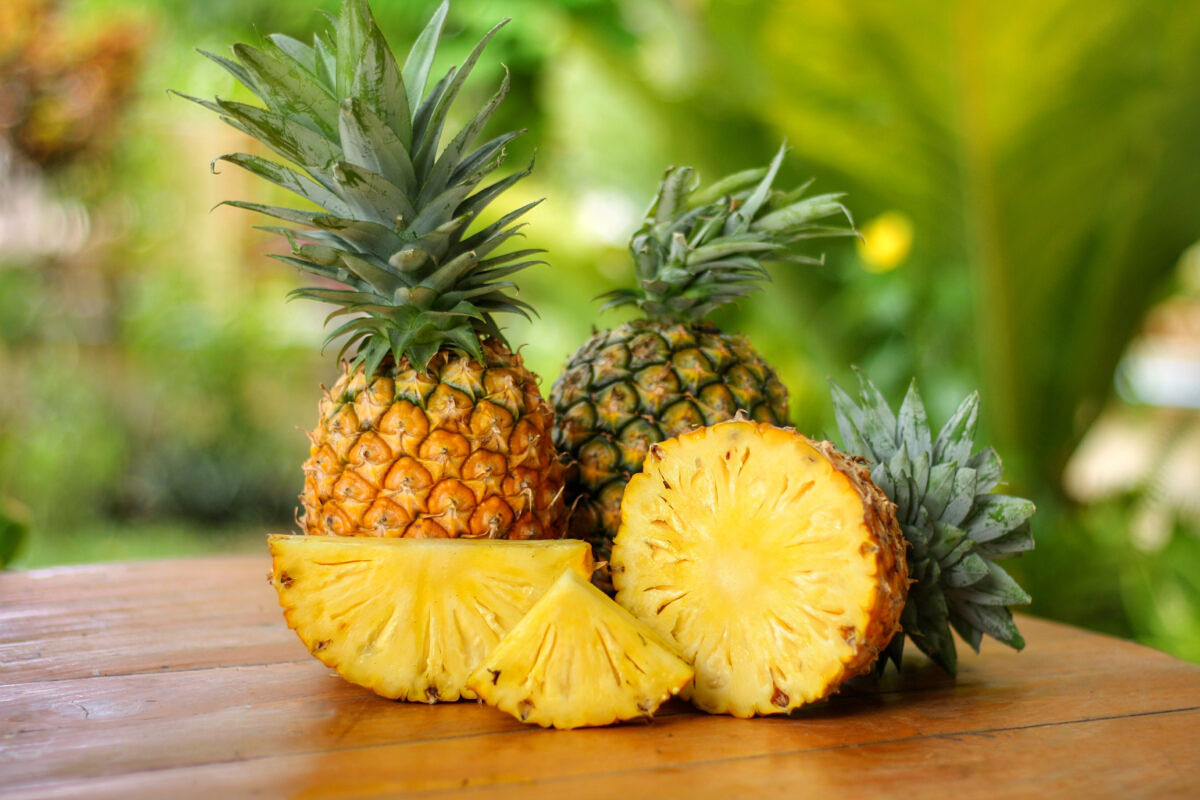
Pineapple contains a lot of water, which helps prevent kidney stones. Photo: 5aday
Pineapple makes urine less acidic
It may seem counterintuitive that fruits high in citric acid can make your urine less acidic. But acid in foods doesn’t necessarily mean more acid in your body’s metabolism. Protein, phosphorus, potassium, magnesium, and calcium contribute to changes in renal acidity (PRAL). A high PRAL score means more acid, while a low or negative PRAL score means more alkaline foods.
Protein and phosphorus in foods make the body more acidic and can put stress on the kidneys. Meanwhile, potassium, magnesium and calcium reduce acid levels. Pineapple has a low PRAL score (-3.6) which creates a less acidic environment in the body and therefore reduces the risk of kidney stones. Grilled chicken legs have a score of 33.
Diet to prevent kidney stones
Calcium oxalate stones are the most common type of kidney stone when oxalate and cystine levels are high and fluid levels are too low.
Dietary calcium binds to excess oxalate in your digestive system and is excreted from your body before it reaches your kidneys. A diet too low in calcium and high in oxalate can increase your risk of developing the disease. Therefore, you should limit foods high in oxalate, such as nuts, chocolate soy milk, unless you are supplementing with more calcium-rich foods.
Additionally, foods high in sodium can cause calcium oxalate kidney stones. So cut down on salt and salty foods. You should also be careful with a diet high in animal protein, which increases oxalate in the kidneys.
Meat eaters should be doubly careful because meat is high in purines, which can be broken down into uric acid in the kidneys and increase the risk of uric acid kidney stones. Drinking enough water is an effective defense to increase urine output and reduce the risk of most types of kidney stones. Don't forget to drink at least 2.5 liters of water a day.
Source: https://giadinh.suckhoedoisong.vn/loai-qua-giup-giam-nguy-co-soi-than-172240624091349129.htm








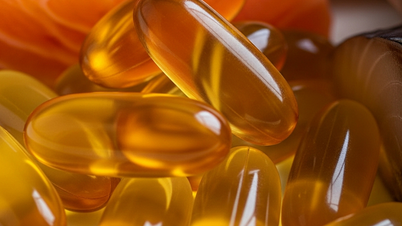



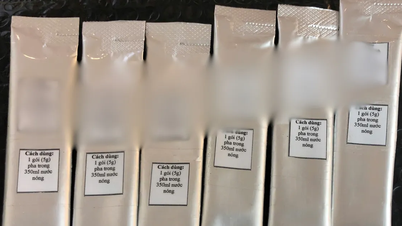










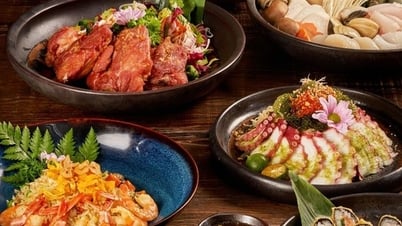
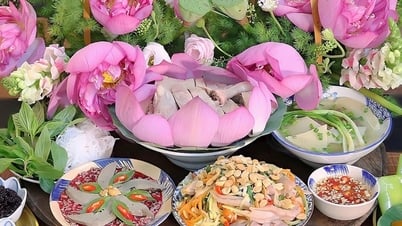
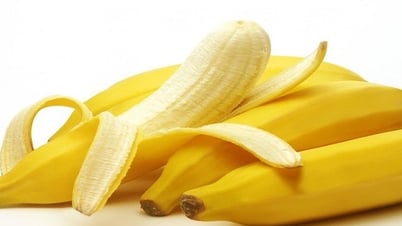
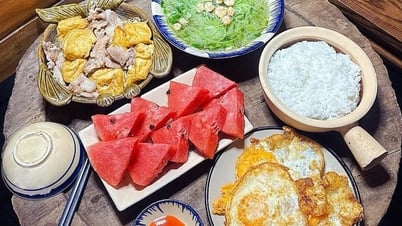




![[Photo] Nearly 104,000 candidates in Hanoi complete procedures to take the 10th grade entrance exam](https://vphoto.vietnam.vn/thumb/1200x675/vietnam/resource/IMAGE/2025/6/7/7dbf58fd77224eb583ea5c819ebf5a4e)





























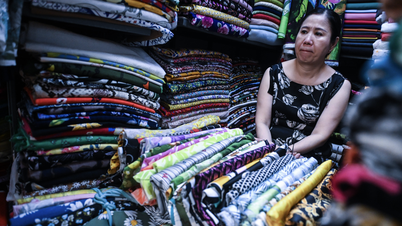
















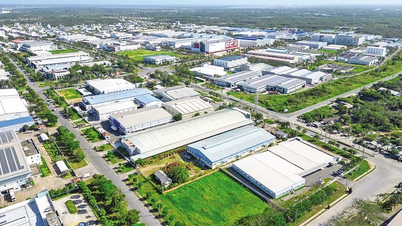










![[OCOP REVIEW] Tu Duyen Syrup - The essence of herbs from the mountains and forests of Nhu Thanh](https://vphoto.vietnam.vn/thumb/402x226/vietnam/resource/IMAGE/2025/6/5/58ca32fce4ec44039e444fbfae7e75ec)







Comment (0)